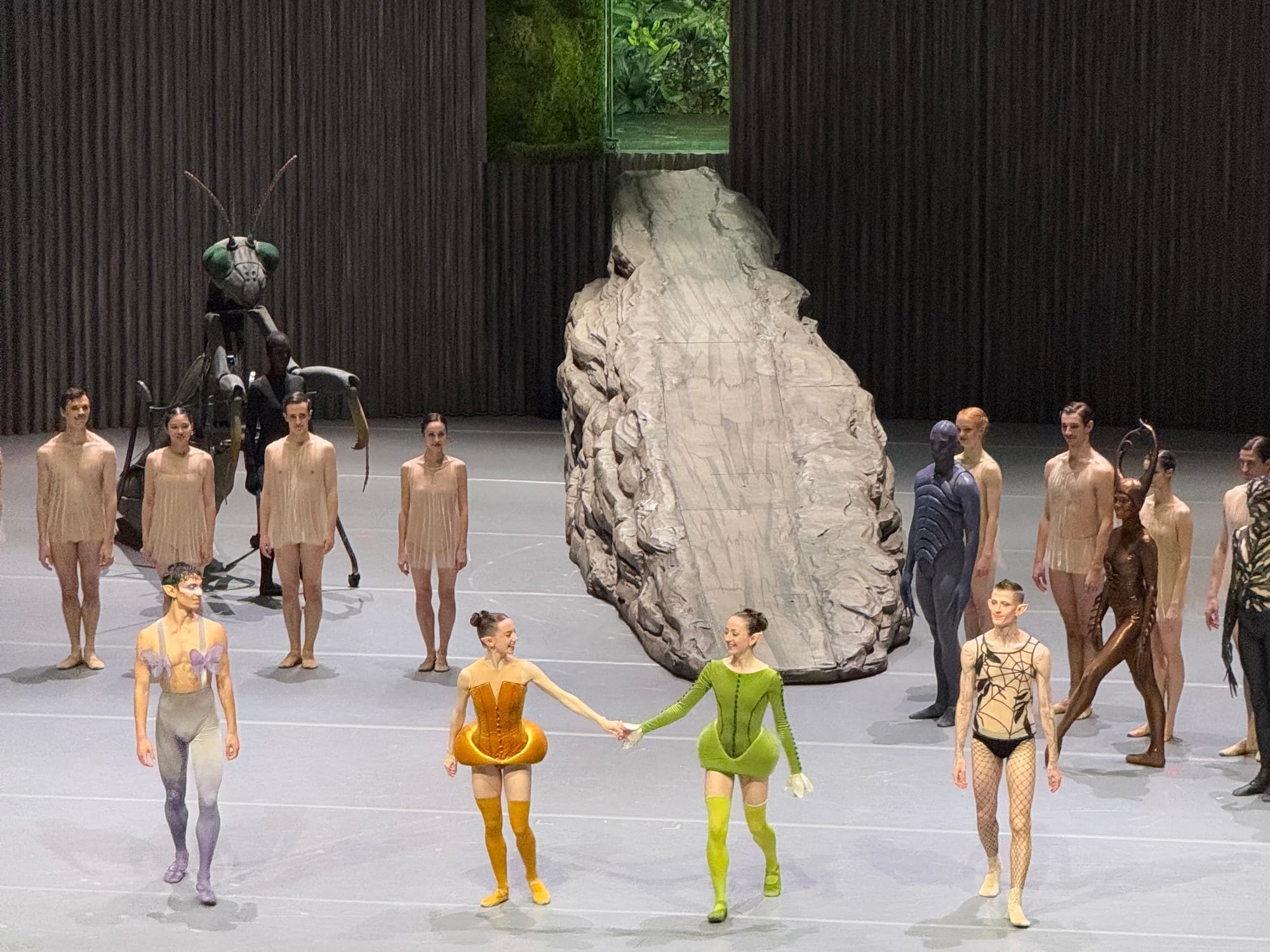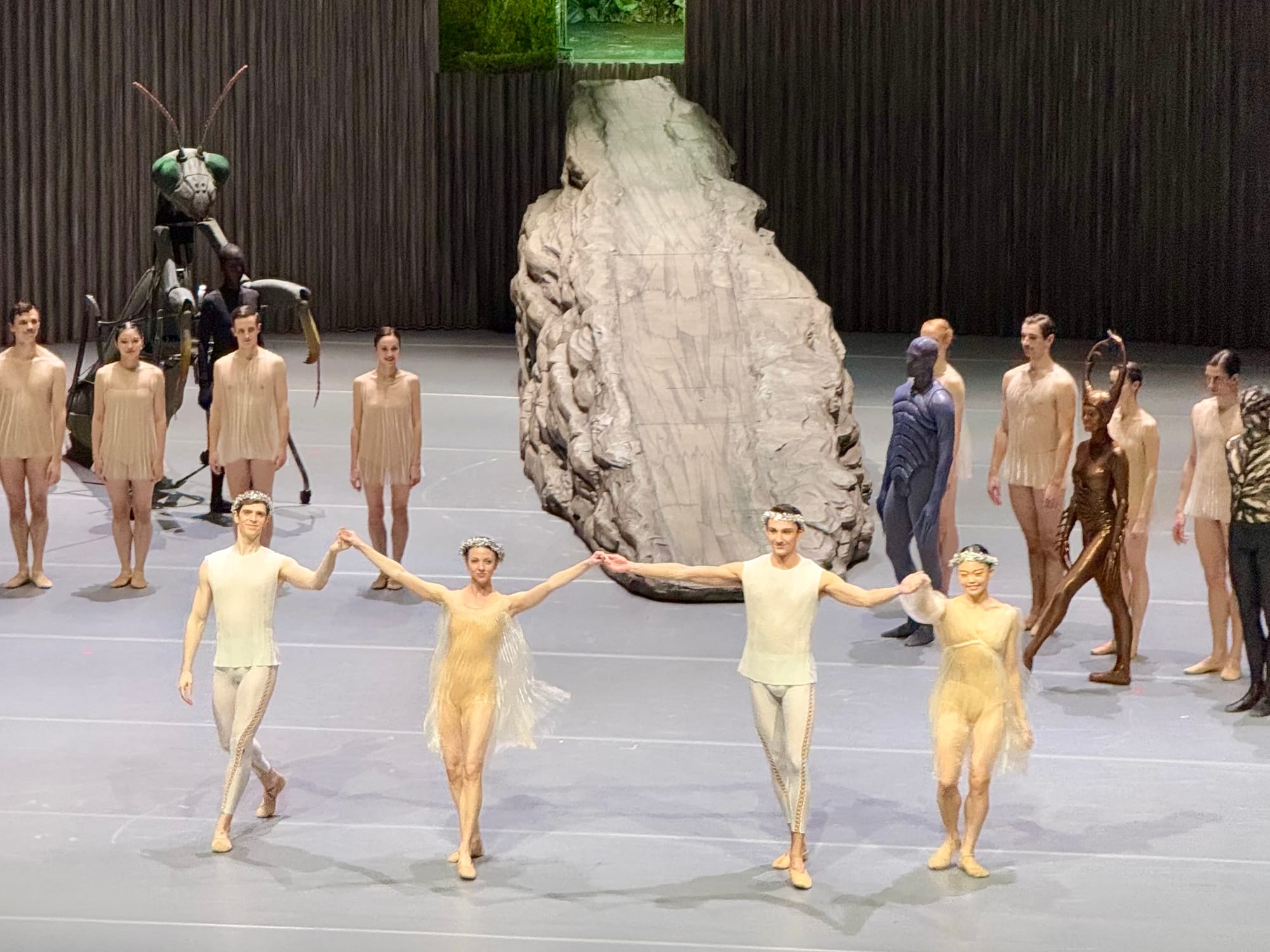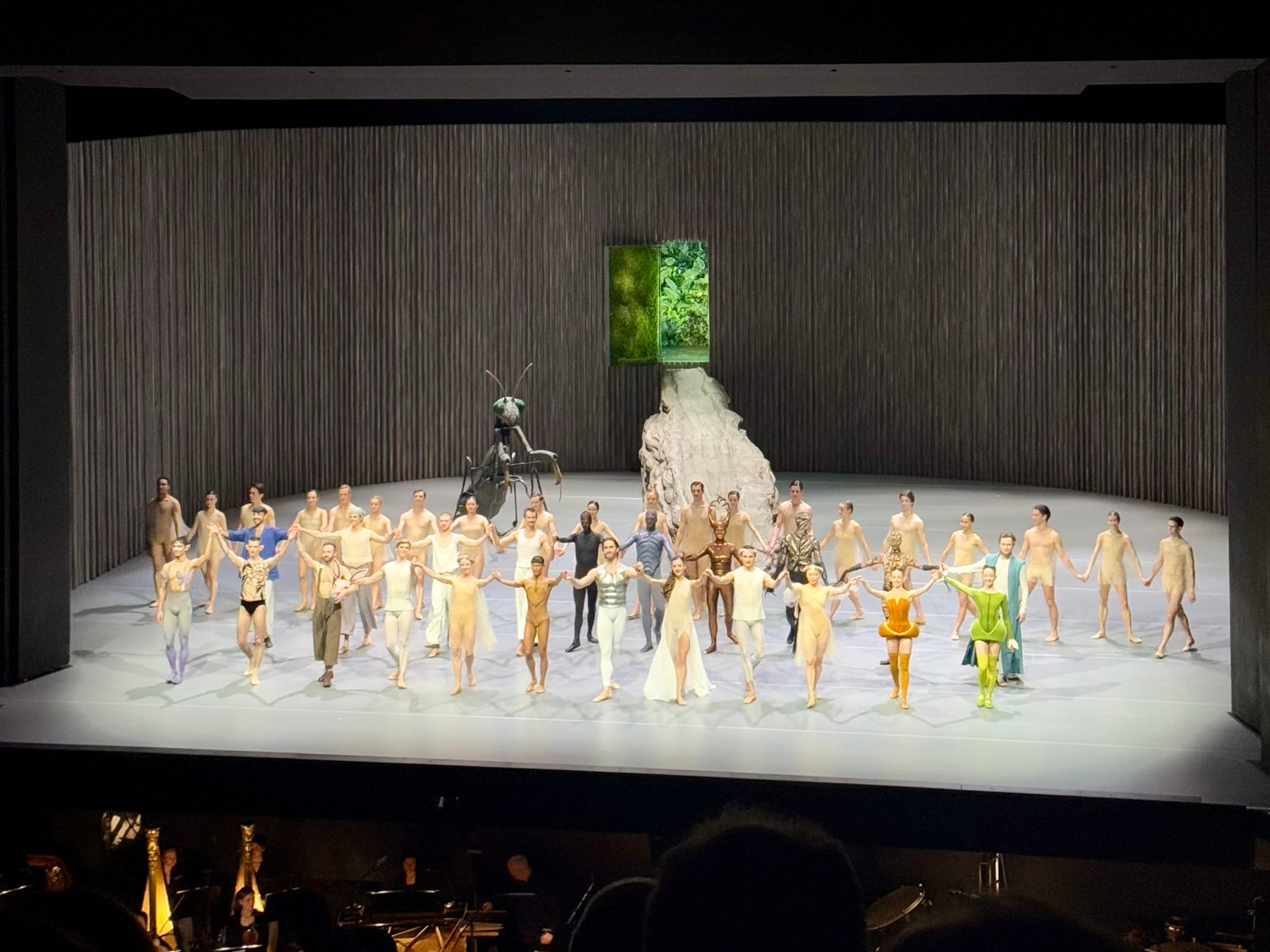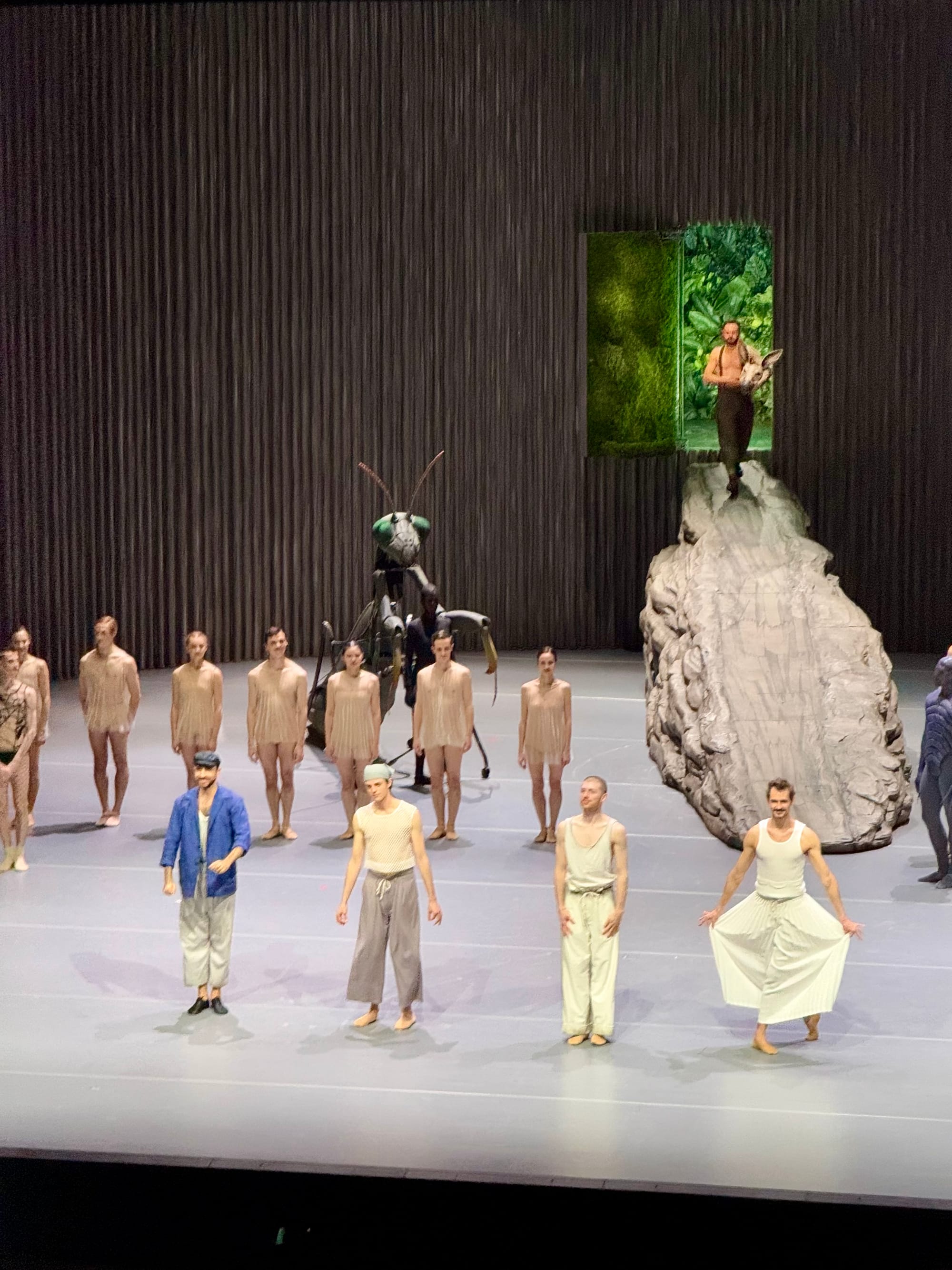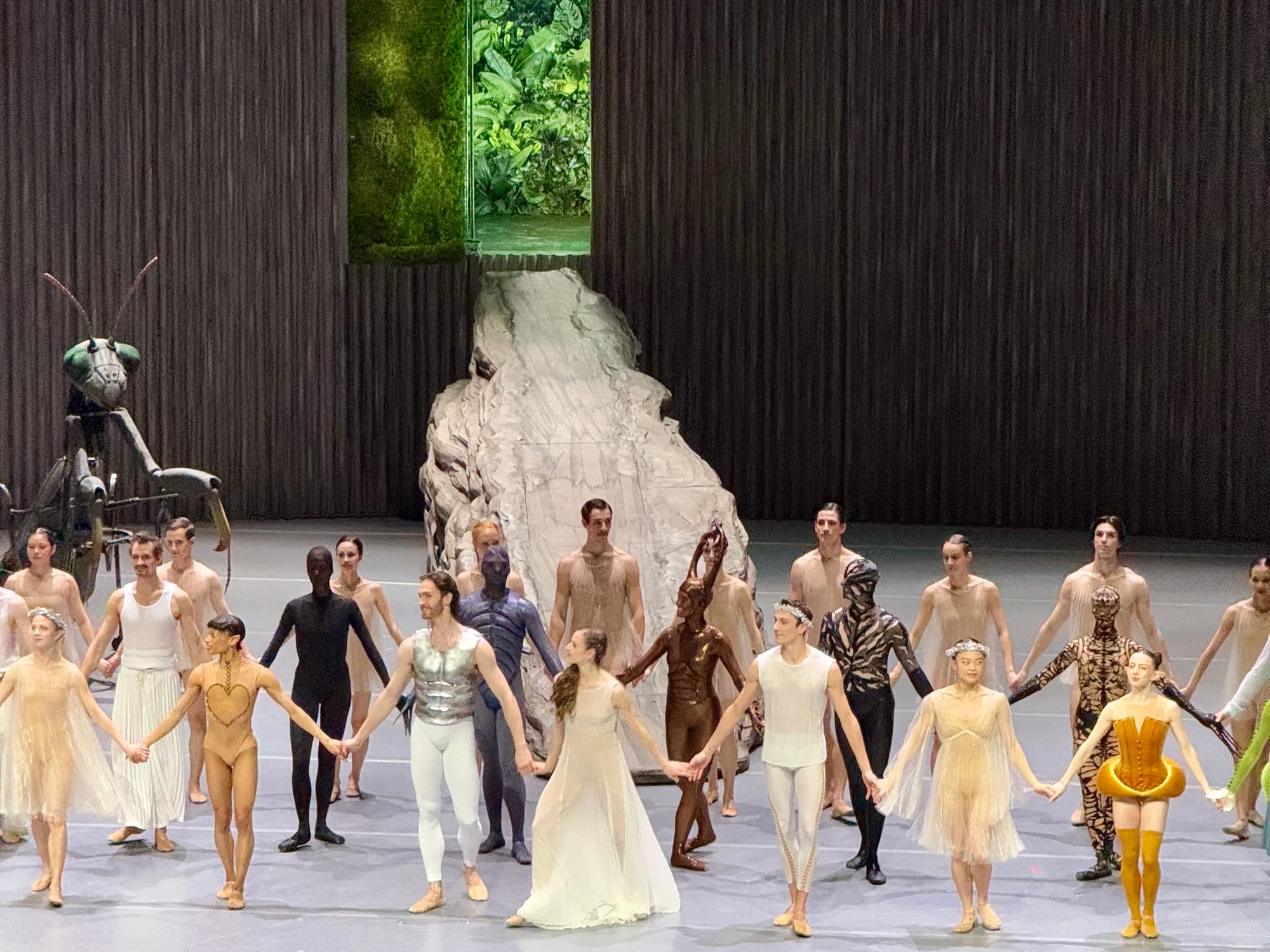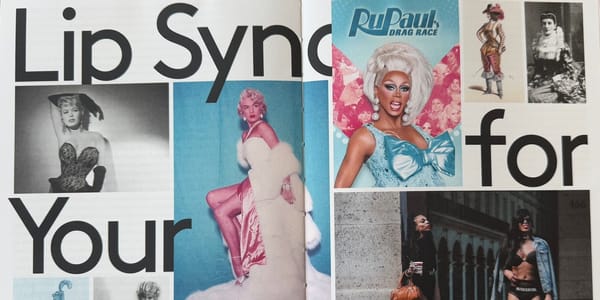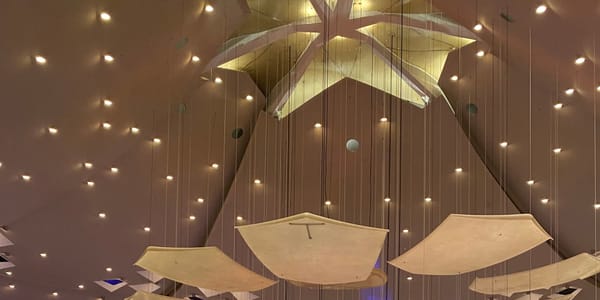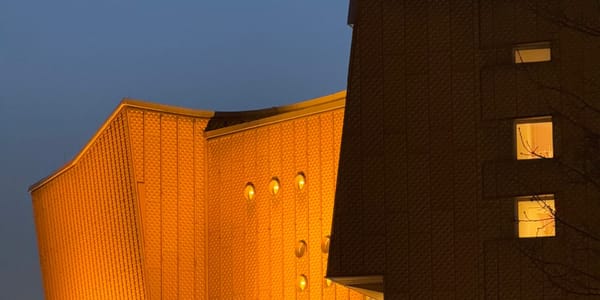A Midsummer Night's Dream by Staatsballett Berlin
This production of A MIDSUMMER NIGHT'S DREAM by Staatsballett Berlin breathes fresh life into Shakespeare’s classic, blending contemporary aesthetics with timeless themes of love, power, and transformation.
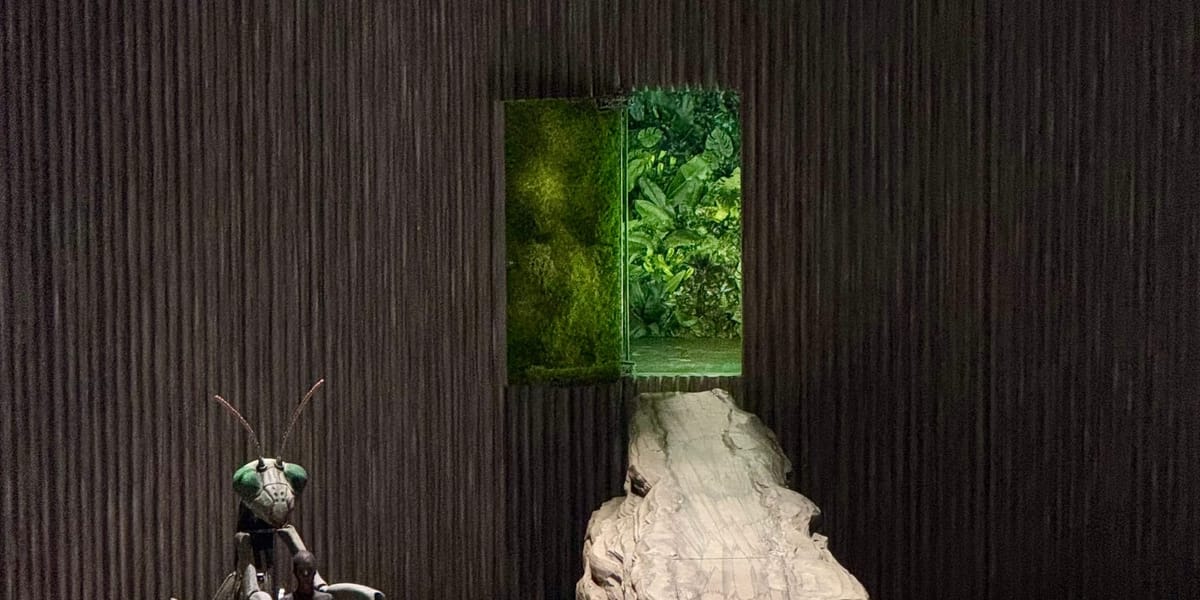
⭐️⭐️⭐️/4
🎭 A Midsummer Night‘s Dream
🩰 Staatsballett Berlin
🕺 Edward Clug, 2025
🎶 Milko Lazar
🏛️ Deutsche Oper Berlin
🗓️ 09.03.2025
“LOVE LOOKS NOT WITH THE EYES BUT WITH THE MIND; AND THEREFORE IS WING‘D CUPID PAINTED BLIND”
The production of A MIDSUMMER NIGHT'S DREAM by the Staatsballett Berlin brings Shakespeare’s well-known story to life with a fresh perspective. It captures the dynamic duality between the fairy world and the human world, presenting it through a contemporary lens with modern music and a fantastic cast. The performance is visually intriguing, using clever set designs to draw us into this dream-like world and displaying the relationships between the characters through the lens of their societal positioning.
The production
The stage design of A MIDSUMMER NIGHT'S DREAM is minimal and clean, emphasizing the contrast between the human and fairy worlds. A large, boulder-like rock dominates the stage, rotating and shifting to serve various functions throughout the performance. The walls are simple and stark, representing the human world with a white, almost sterile quality. When the scene shifts to the fairy realm, lush greenery and vibrant vegetation are projected onto the stage, creating a striking contrast. A raised opening at the back of the stage, accessible only by climbing the boulder, serves as a portal between the two worlds, offering but a glimpse into a landscape full of rich, green nature. Yet, much like the door leading to Narnia, we never fully see what lies beyond—only the promise of a magical landscape waiting to be discovered.
This minimal staging excels at clearly delineating the fairy realm from the human world. And yet, lush nature and austere humanity are inextricably linked. Not only are Theseus/Oberon and Hippolyta/Titania portrayed by the same dancers—a double casting familiar from theatrical productions of A MIDSUMMER NIGHT'S DREAM—but the choreography also at times mirrors both worlds. Particularly, the group formations weave a choreographic thread through the performance. In the fairy realm, the trees meander across the stage in perfect synchronization, while in the human world, workers or servants march in a similar manner, swinging buckets of water. This may be a symbolic gesture drawing inspiration from Ancient Greek rituals, where water symbolized purification and sanctification in preparation for sacred acts. Nature and humanity, mundanity and ritual—two worlds distinct only on the surface but, beneath, undoubtedly symbiotically intertwined.
The dream-like nature of the story reaches its visual and magical climax in the scene in which all magic spells are broken and the plot chaos is resolved just in time for a happy end. As Hermia, Helena, Lysander and Demitrius fall asleep, the stage is shrouded in the mist of twilight. The boulder rolls off stage, and in its place another descends like a monolith from the ceiling—visually turning this world by 90 degrees. The four sleeping characters are hoisted up by cables and suspended mid-air, in a position of complete defenselessness and vulnerability. A giant praying mantis walks around them, as if severing the ties between the fairy and human worlds, rendering the former’s magic useless. When they awake, we are returned to “a beach near Athens”, where the wedding(s) are prepared.
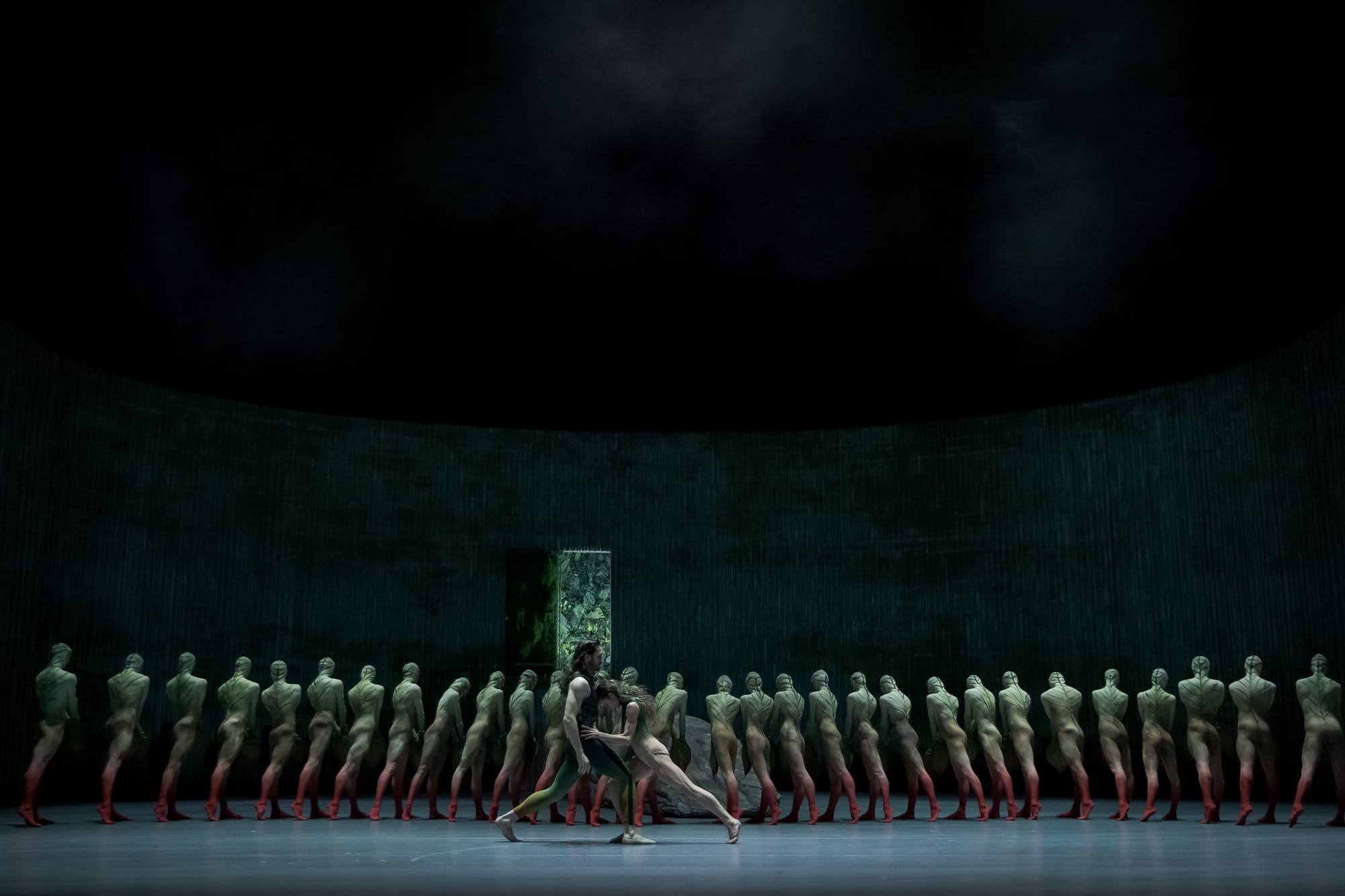
The choreography: an expression of social positioning
The choreography in A MIDSUMMER NIGHT'S DREAM carries a distinct sociological focus, exploring themes of power, hierarchy, and social constraints. Through the movements of the dancers, the production highlights the struggles of individuals within societal structures, particularly in relation to love, control, and freedom. The physicality of the choreography emphasizes how characters are bound by social expectations and class divisions while also suggesting the potential for transformation and liberation when these constraints are challenged or broken. The dancers’ interactions, both tender and confrontational, bring these social dynamics to life in a way that deepens the audience’s engagement with the story.
Most notable is the synchronicity in the various pas de deux, which is much stronger when the two characters have closely aligned social standing and potential futures. In cases where social convention prevents two people from finding happiness together, the movements are much less in sync—perhaps a commentary on a society in which social stratification is becoming more extreme and where socioeconomic factors still determine the potential for upward (or downward) mobility. In two instances, props are directly used to block or reduce intimacy between characters: once, a surfboard becomes a wall preventing a kiss between Theseus and Hippolyta; another time, the Mechanics' table turns into a barrier between a moment of physical heat between Titania and Bottom-turned-donkey. Whether this symbolizes social incompatibility or another form of interpersonal tension, we can only speculate.
And yet, in the face of this societal strictness, Puck as a character becomes the centerpoint of the story around which the plot rotates. Their mischief, magic, and innocent playfulness are a strong counterpoint to the rigidity of (human) social conventions—a relieving reminder of the individual agency we have to acrively shape these social constraints or break entirely free from them.
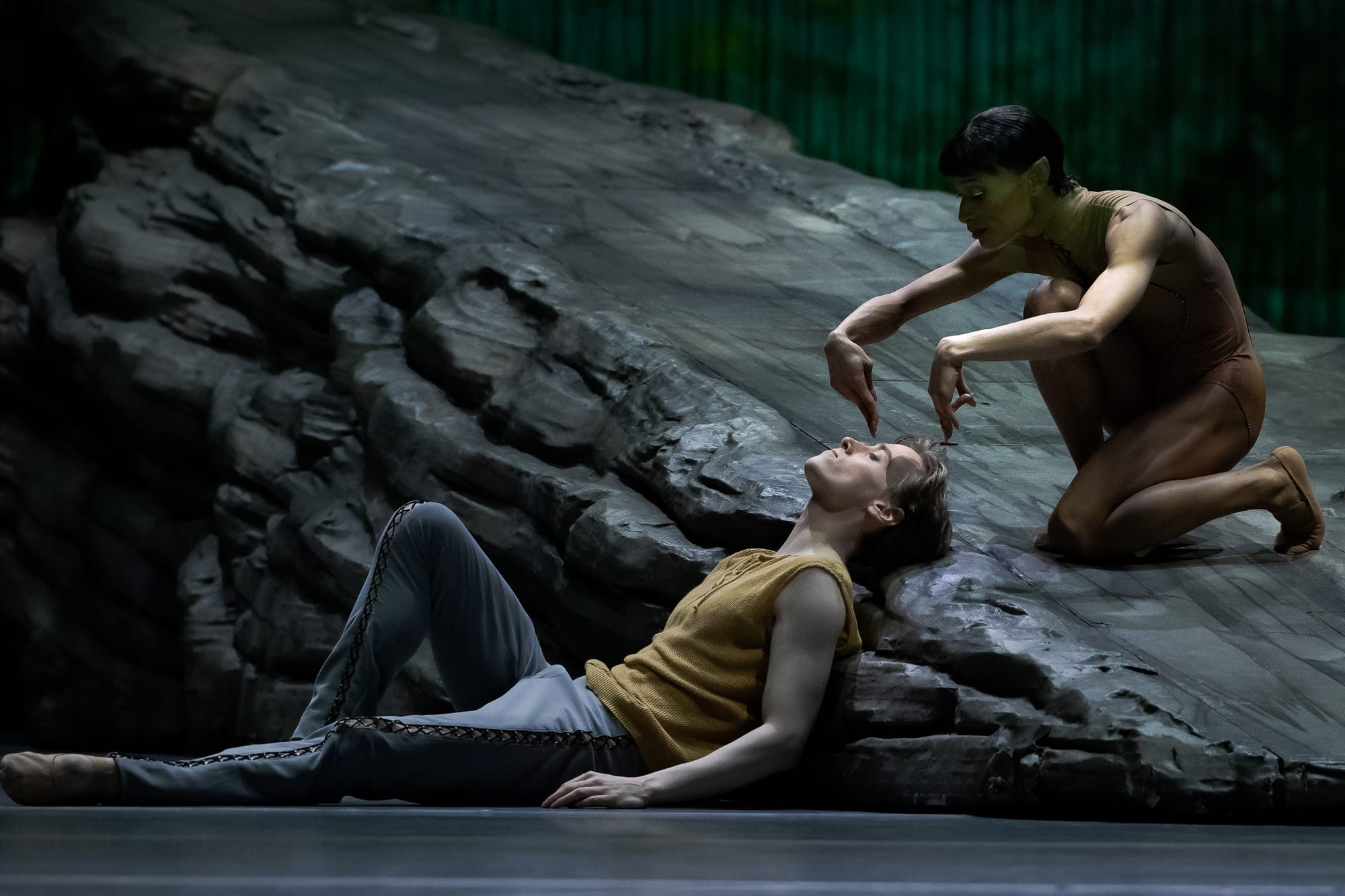
Midsummer queerness
References to queer culture are sprinkled throughout the production. Most noteworthy are the Mechanicals—the comical traveling troupe of actors ensnared in the shenanigans of the fairy world as they rehearse their play for the upcoming royal nuptials. Their comportment, poses, and interactions are effortlessly and undeniably camp. If we believe the top entry in Urban Dictionary, camp "means so bad it's good. Except it’s gay." The table that serves as the troupe’s only prop inevitably reminds me of a Drag Race workroom surface. Even though cross-dressing and gender-bent roles have long been staples in Shakespearean drama, this production firmly contextualizes the Mechanicals within queer contemporary pop culture.
A second group of characters portrayed with queer language is Oberon’s entourage of four fairies—stylized here as woodland bugs. Their long nails, elaborate headdresses, and full-body suits evoking latex or leather further emphasize the visual references to drag performance culture.
Obviously, heteronormative couples are the focus of the Shakespearean plot. Yet the dancers suggest, at least at times, that from a choreographic standpoint, there is equality between relationship constellations of various genders. We see a pas de quatre between four men, and throughout the performance, there are moments in which characters like Lysander and Demetrius interact in ways reminiscent of their own interactions with Hermia or Helena.
Recently, during opera and ballet visits, one thought has been spinning in my mind time and again to summarize these perhaps unintentional but to me clearly discernible subcultural references: "There is queerness everywhere for those with eyes to see."
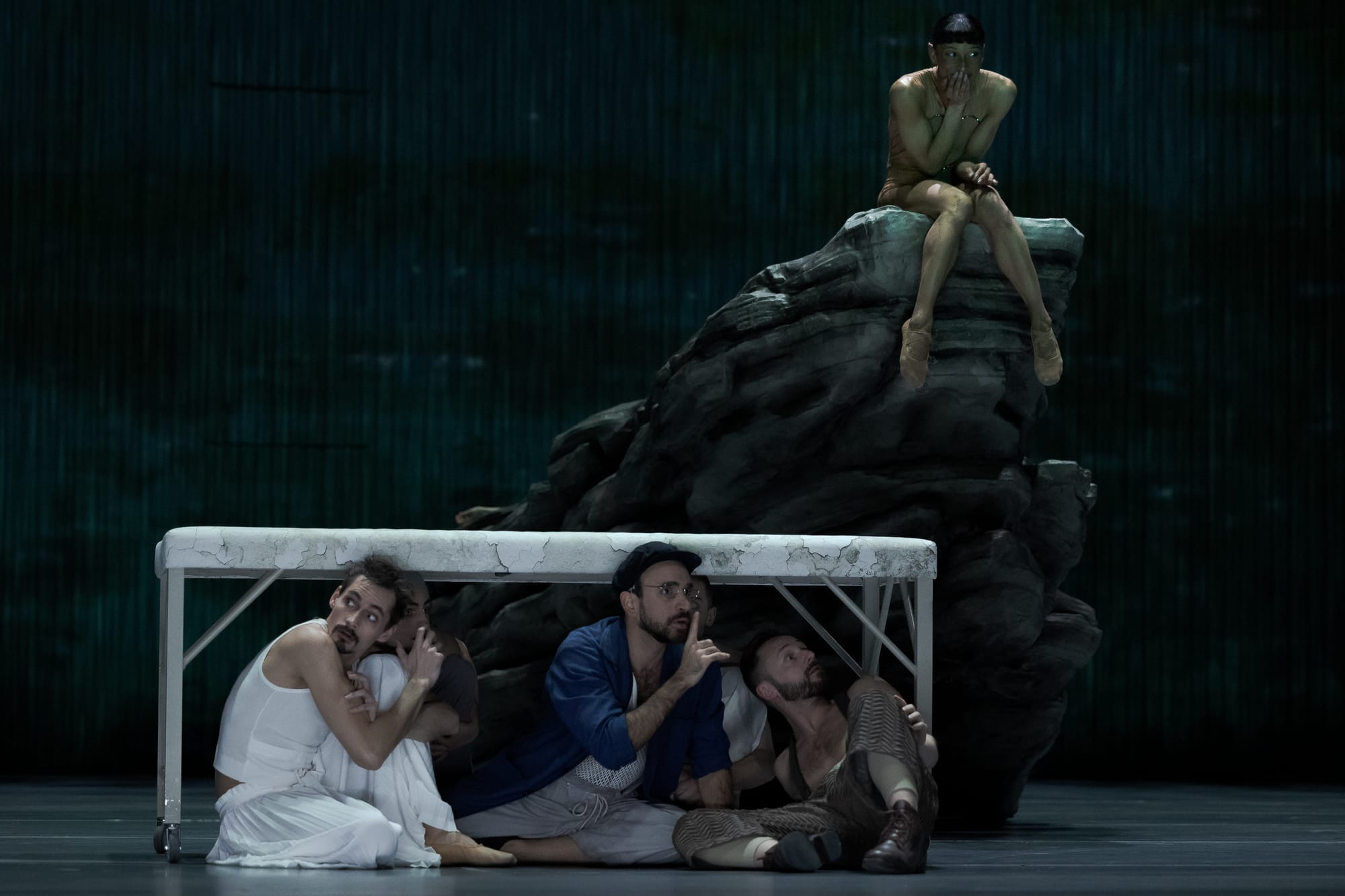
The music: Mendelssohn out, Lazar in
The music for this production of A MIDSUMMER NIGHT'S DREAM was specially created for the Staatsballett Berlin by Slovenian composer Milko Lazar, creating a soundscape that elegantly complements the action on stage. In contrast to the original score by Felix Mendelssohn, the music is not meant to take center stage but instead envelops the choreography and enhances the overall atmosphere. It subtly supports the action, adding depth without overshadowing it. The intention is to create an immersive experience, with moments like the inclusion of Slovenian cicadas evoking the sounds of a summer night and grounding the audience in the natural world that the characters inhabit. The music plays an essential role in shaping the mood, whether in the stark human world or the lush, magical fairy realm.
Final thoughts
This production of A MIDSUMMER NIGHT'S DREAM by Staatsballett Berlin breathes fresh life into Shakespeare’s classic, blending contemporary aesthetics with timeless themes of love, power, and transformation. Through its minimalist yet striking stage design, sociologically aware choreography, playful embrace of queer subtext, and immersive musical landscape, the ballet offers a nuanced and multi-layered interpretation of the story. It reminds us that the boundaries between worlds—whether between human and fairy, reality and fantasy, or tradition and reinvention—are always fluid, always shifting. In the end, we leave the auditorium not just entertained but also questioning the very nature of love, identity, and the structures that shape our lives. If love, as Shakespeare wrote, "looks not with the eyes but with the mind," then this ballet invites us to see beyond the surface and into the heart of its ever-relevant message.
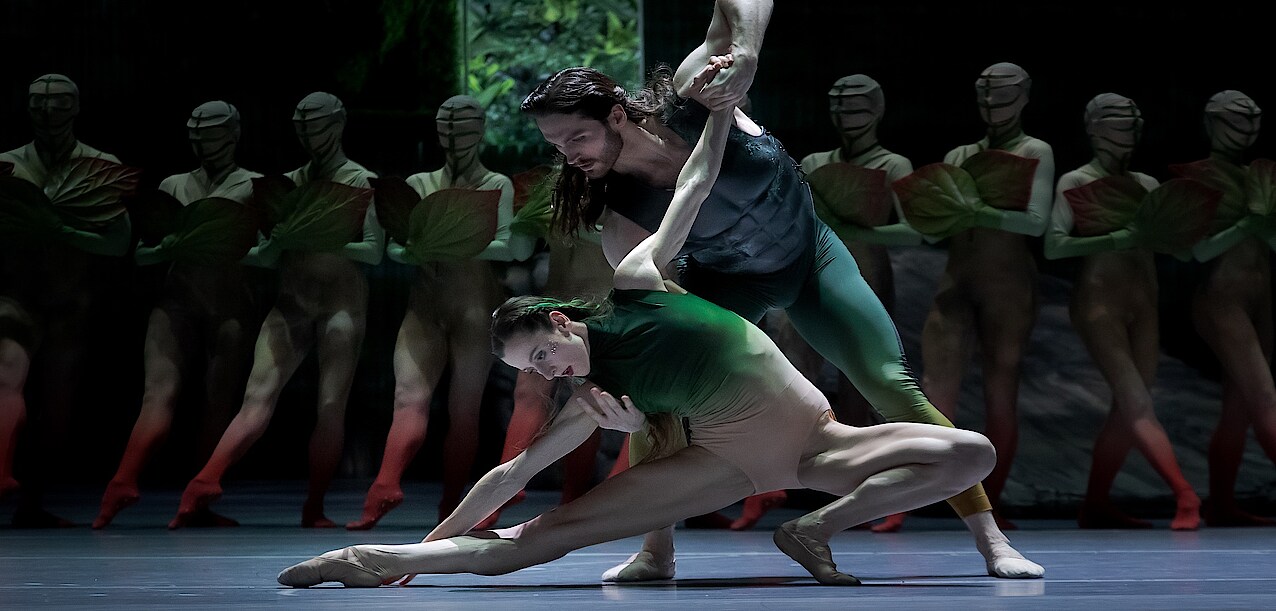
Cast
Concept, libretto and choreography Edward Clug
Music Milko Lazar
Set Design Marko Japelj
Costumes Leo Kulaš
Lighting Design Tomaž Premzl
Video Rok Predin
Dramaturgy Edward Clug / Katja Wiegand
Musical Direction Victorien Vanoosten
Orchester der Deutschen Oper Berlin

